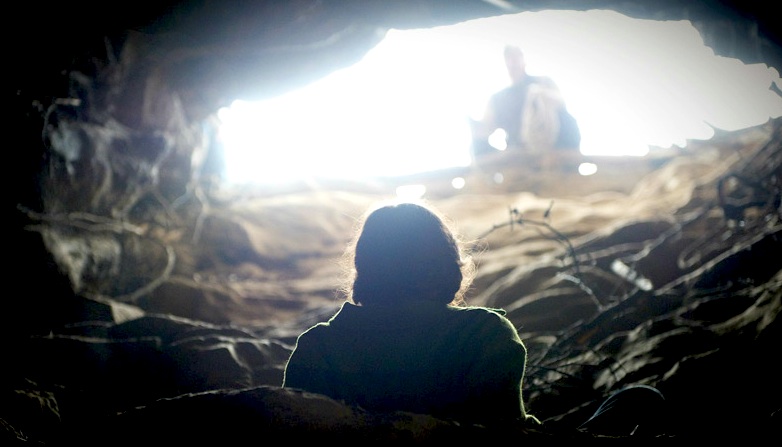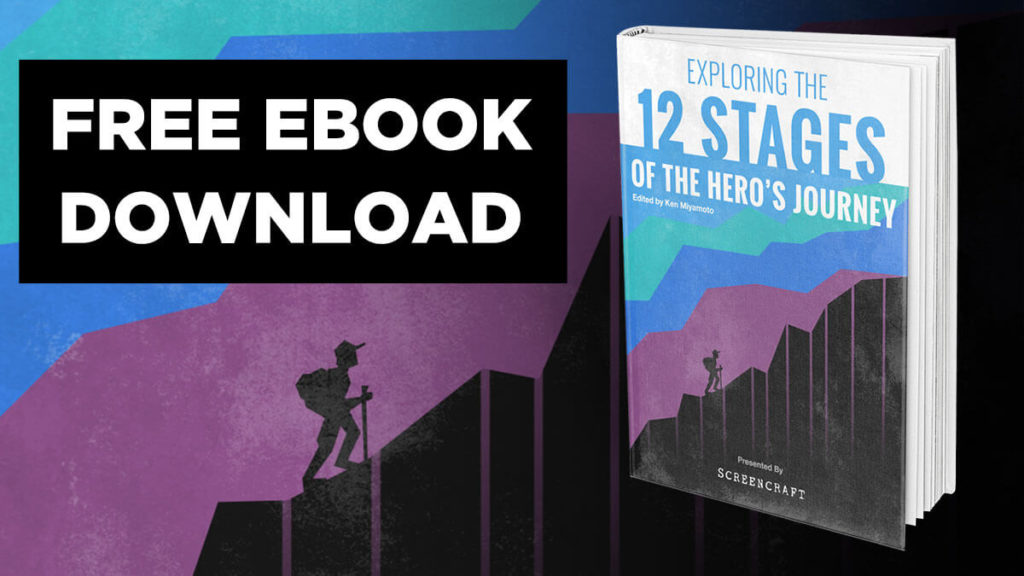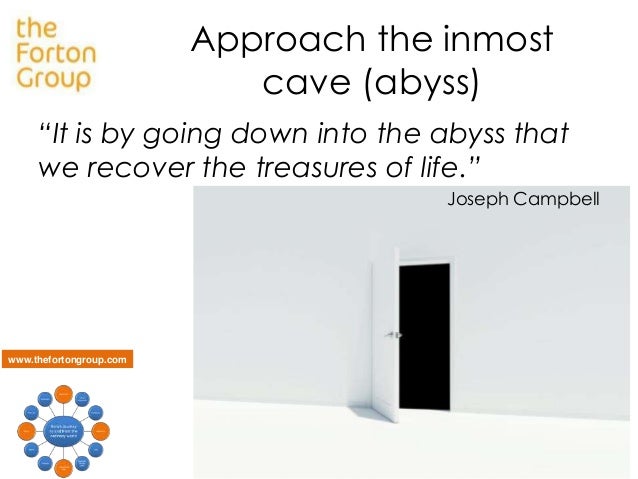

It's not the only communication model to include in your latticework and, in some contexts, a more pointed approach such as Minto's Pyramid might be more appropriate and compelling.

Consider context, audience and intent before employing the Hero's Journey. There's no doubt that applying this model in that context would make for a compelling, engaging and memorable story.Ī final word of warning. If you're an entrepreneur or innovator accustom to giving that quick pitch about your latest project think about how you might reframe that story using the hero's journey? What was the call to action? What prompted you to cross the threshold? And what was the ordeal and the lessons you learned from it? Now, how have you returned with something new? This framework has since been used by Daniel Pink to frame pitches. If you're finding this all interesting but too hard to remember let alone apply, you might want to use this simplified framework from Pixar Story artist Emma Coates. From understanding what it’s like starting a business, connecting with people with marketing narratives, describing customer experiences, delivering engaging pitches and so much more. This model is obviously relevant if you’re crafting stories, but more broadly, it’s been applied to describe any journey in a range of domains. And, if you don’t believe that this model lies behind countless stories, view the in practice section for examples. Vogler also described the character archetypes of hero, mentor, threshold guardian, herald, shapeshifter, shadow, ally and trickster - but if you want to know more about them I suggest going down to the origins and resources section and follow the link to see it explained with puppets.

The model was first described by Joseph Campbell in 17 stages, I’ve gone with the modernised and shorter version outlined by Hollywood writer Christopher Vogler: The Hero’s Journey is a universal story structure or archetype where, at a high level, a hero leaves their predictable world to go on an adventure faces trials and learns a lesson overcomes a huge challenge with their new learning and returns to their world, transformed. Whether you’re writing fiction, starting a marketing campaign, crafting a pitch, or trying to ride the ups and downs of an entrepreneurial life - you might want to consider using this classic mental model.


 0 kommentar(er)
0 kommentar(er)
